When exploring the US you will eventually run into a fort and sometime more than one fort.
Fort Federica on St Simons Island, GA was founded by James Ogelthorpe in 1736. Georgia at that time in history was between the English to the north and the Spanish to the south. Fort Federica was built to defend the English colonies from the Spanish in Florida. The fort also had a small town of about 1000 people. The people who lived at the fort were picked by James Ogelthrope in England for their trade skills – candle makers, tailors, blacksmiths, etc..
The fort is currently a National Monument and run by the National Park Service. We were able to get in a walking tour prior to the skys opening up with rain. This is the oldest fort of the 3 we visited.
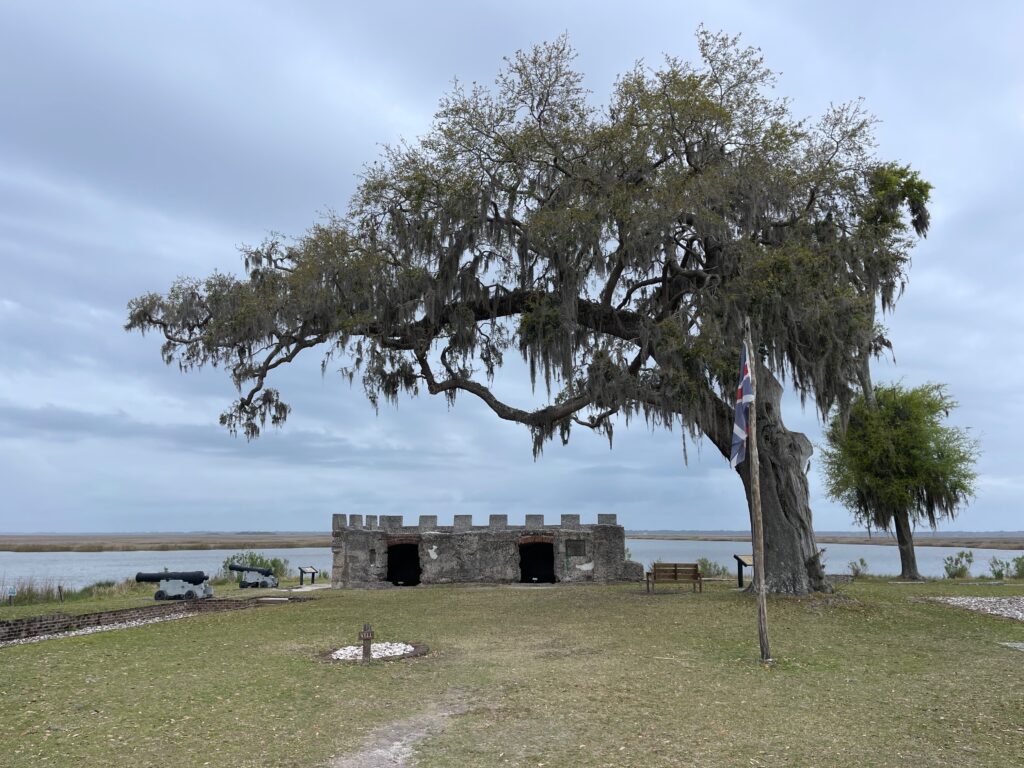

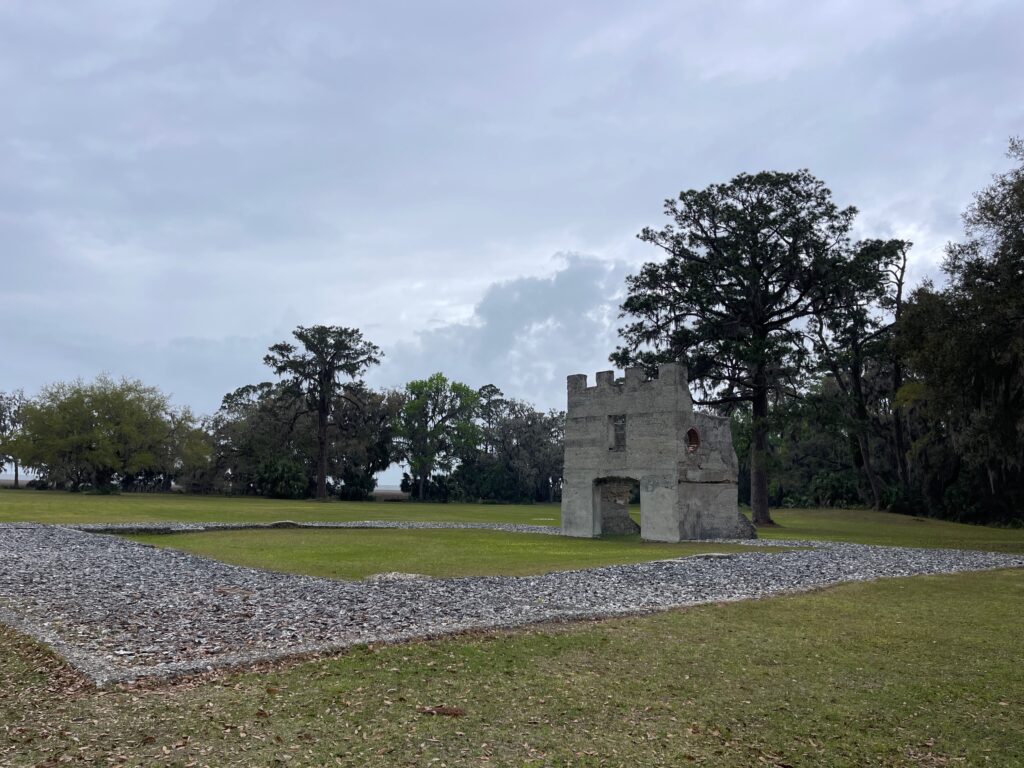
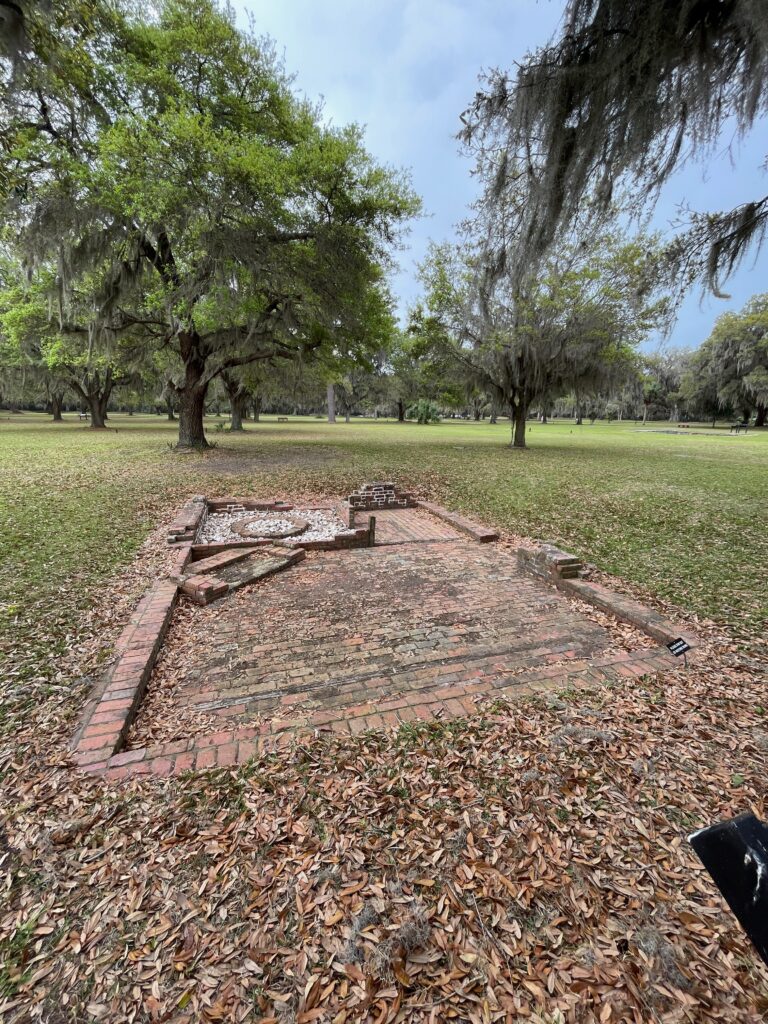
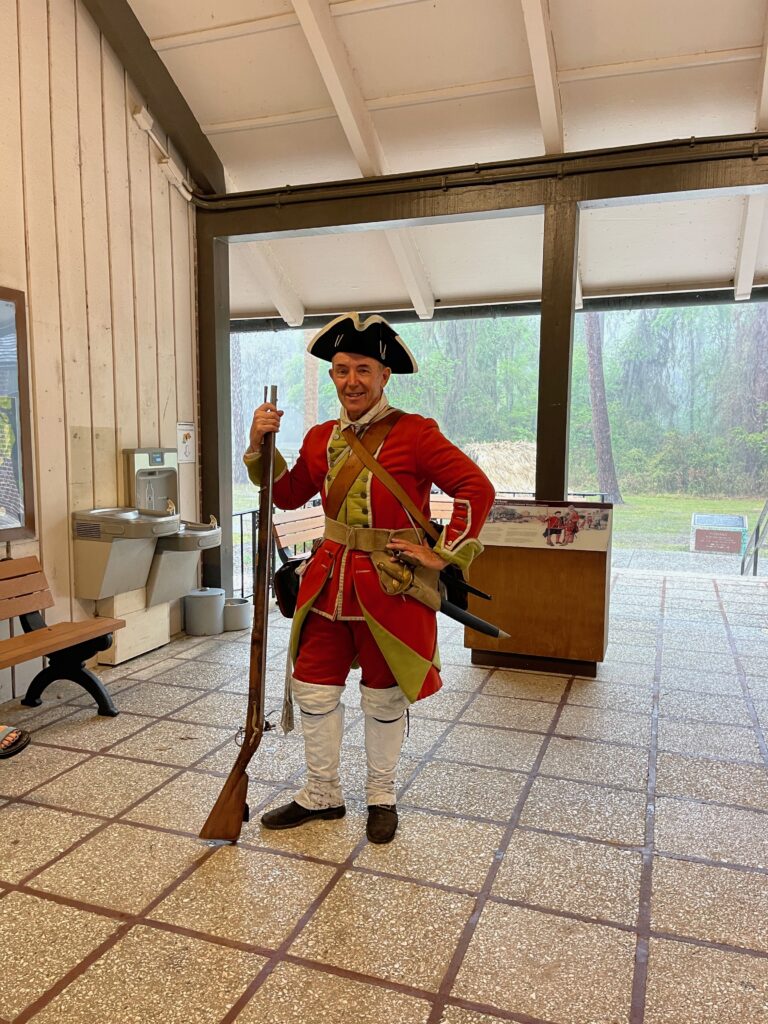
Fort McAllister just south of Savannah, GA is an earthen-work fortification built during the Civil War. The confederacy built the fort to defend the Ogeechee River and protect Savannah. The fort held off seven attacks from Union ironclads with minimal damage. The earth absorbed the canon balls and was easily fixed. The Confederate fort attacked the ironclad but the canons did not cause much damage as the cannons at the fort were designed to battle wooden ships. The fort eventually fell in 1864 by a land attack that lasted 15 minutes. This attack was the ending battle for General William T. Sherman’s “March to the Sea.” Savannah surrendered without resistence. General Sherman did not like how the Confederate soldiers placed landmines around the fort and deemed it unwarlike and ordered the Confederate soldiers clear the landmines.
Henry Ford bought the land and started the restoration and then sold it to International Paper who then donated the land to the State of Georgia in 1958.
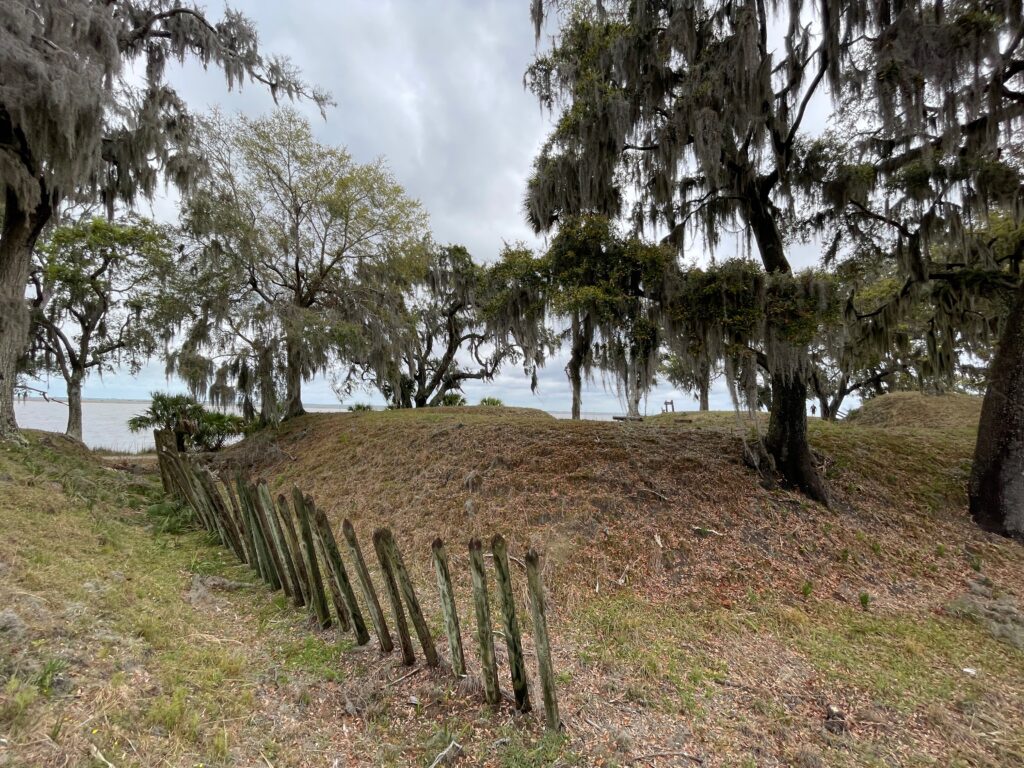
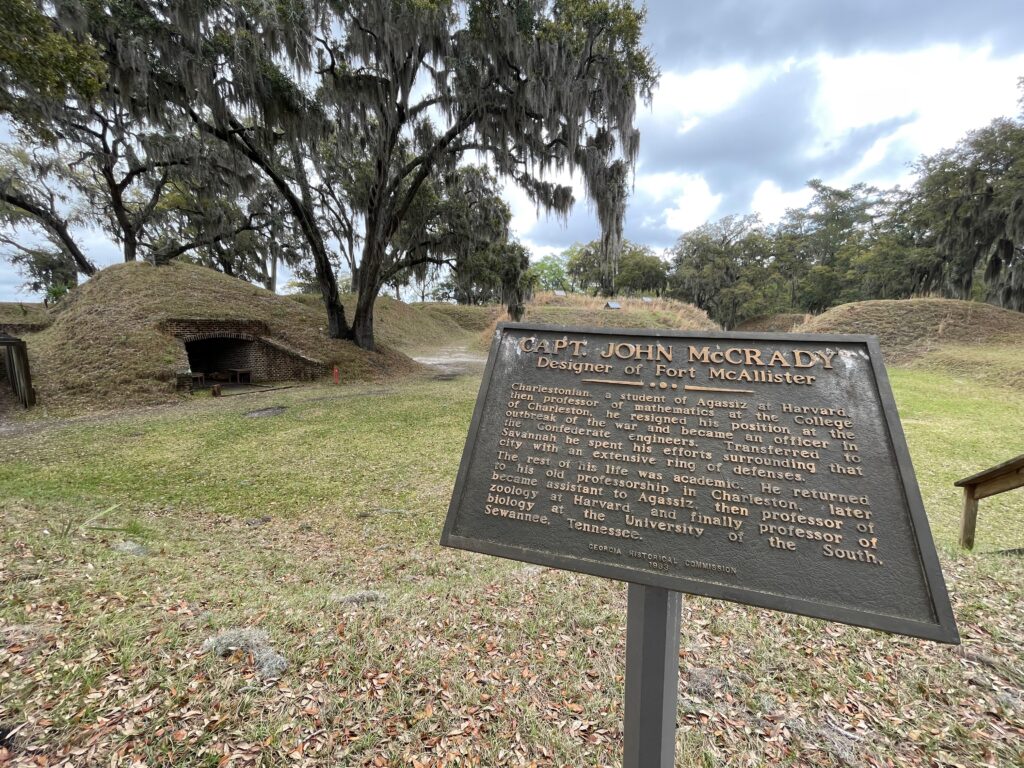
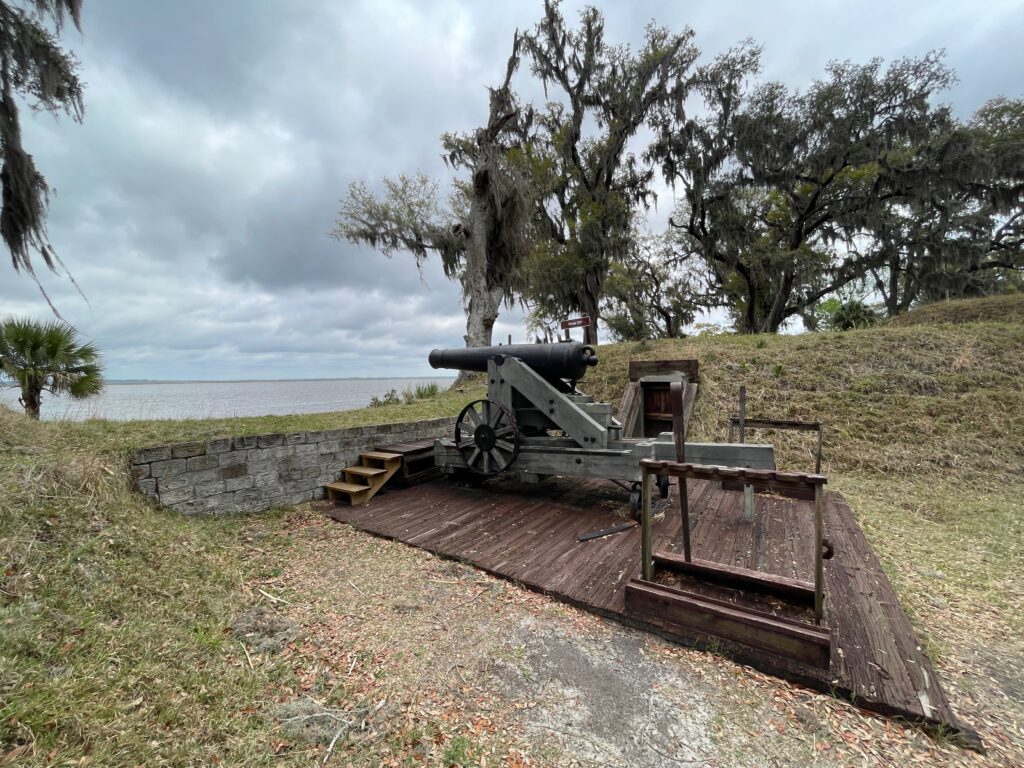

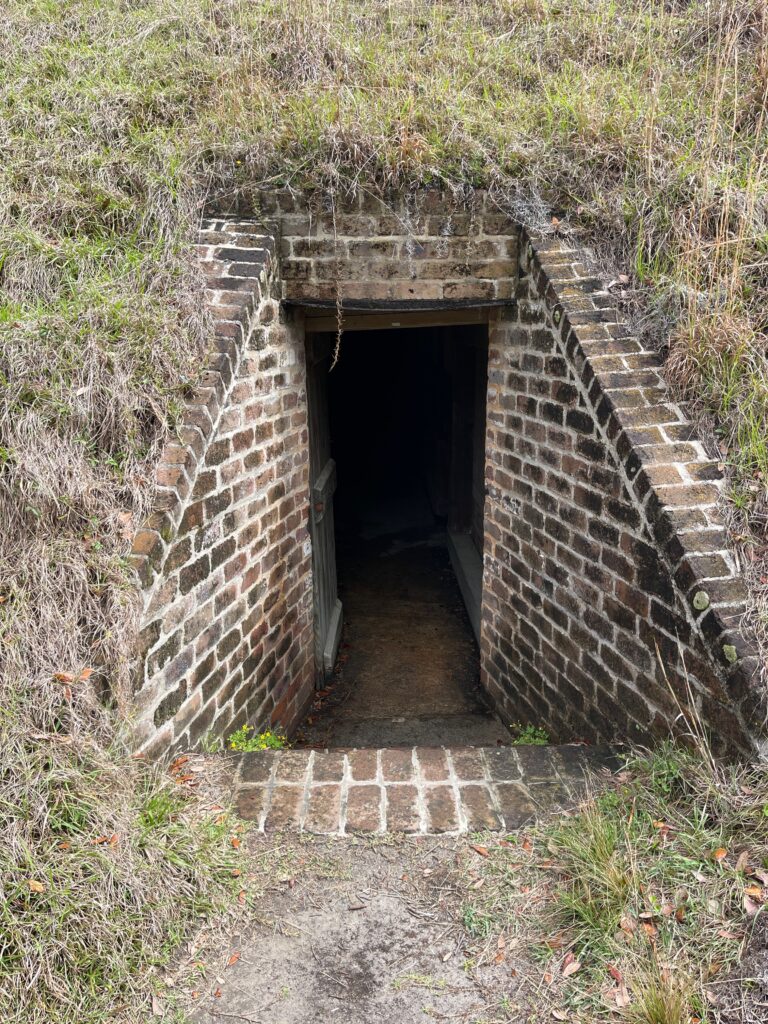
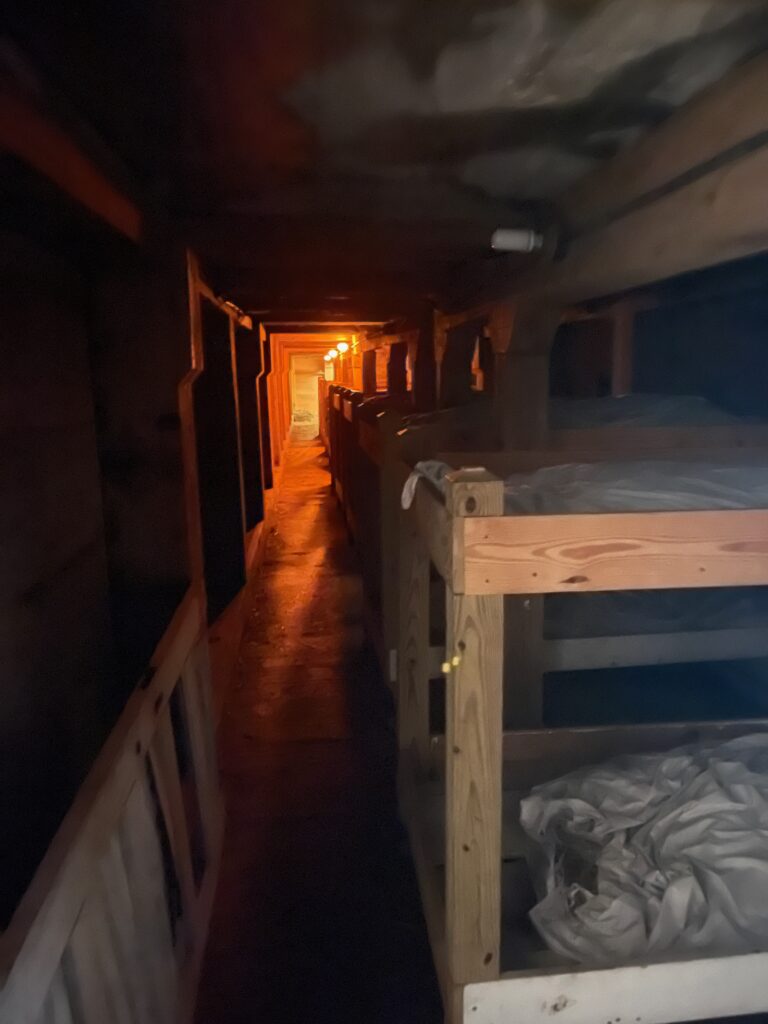
Fort Pulaski was built after the War of 1812, President James Madison ordered a new system of forts to be built along the coast. Construction start in 1829 and completed in 1847. The fort was built to withstand smoothbore cannon, not the new rifled cannon. Unlike Fort McAllister that could withstand the canon fire into the earthen mounds, Fort Pulaski brick structure crumbled upon being hit. You can still see some cannonballs in the outside of the fort. Colonel Olmstead surrender the fort after 30 hours of fighting.
This fort is a National Monument and is located on the Savannah river and on your way to Tybee Islands and is run by the National Park Service. We listened to a talk by a docent who explained how the fort was built on a marsh, how the air flowed to keep areas cool and how fresh water was captured for use.
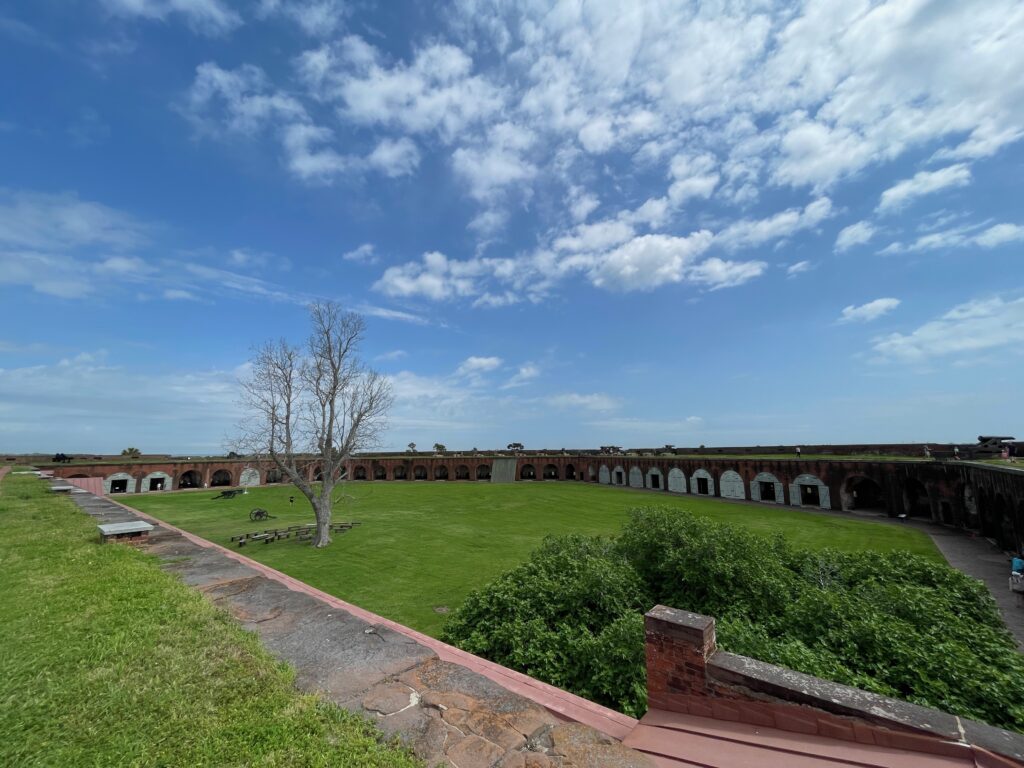

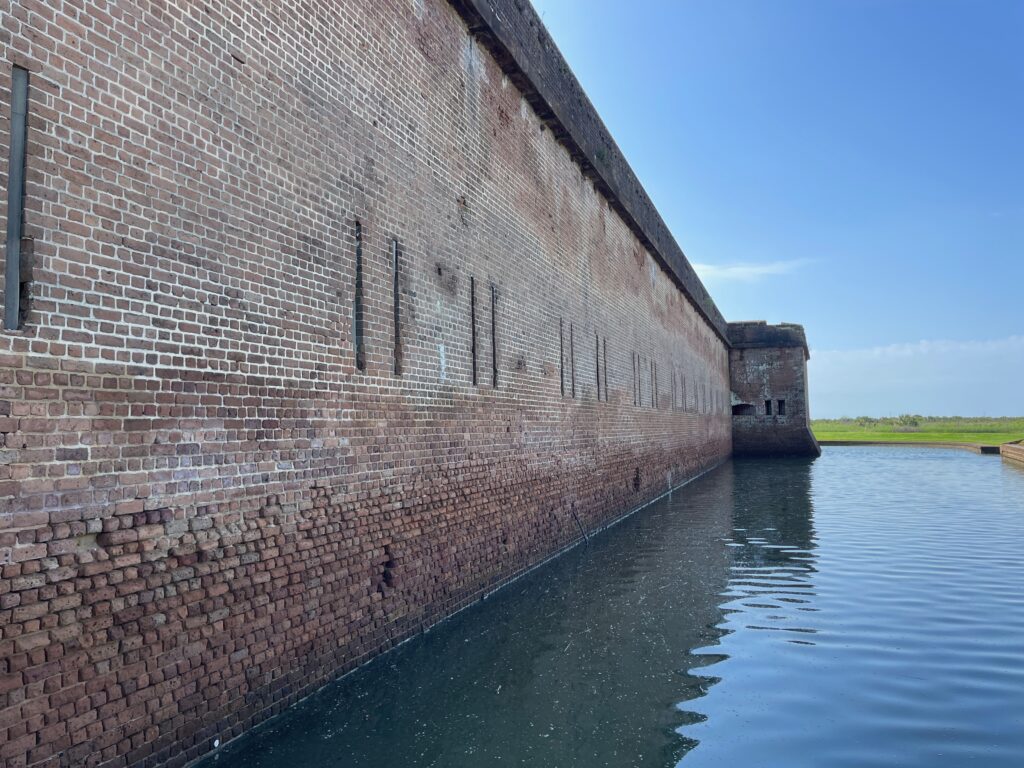
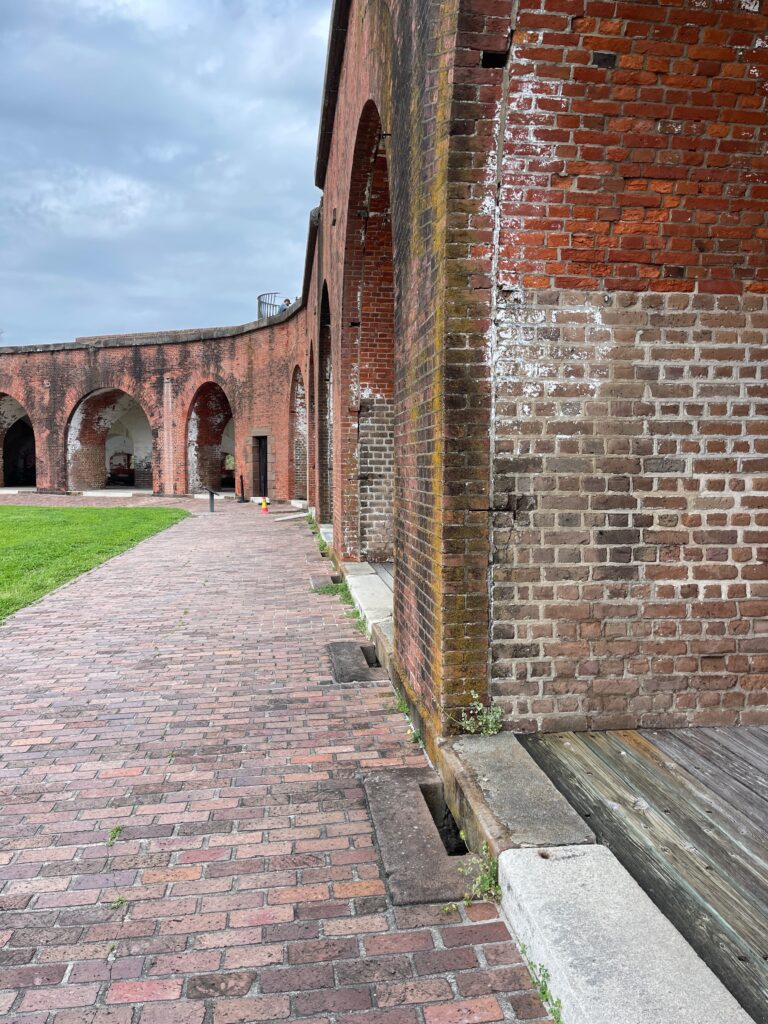
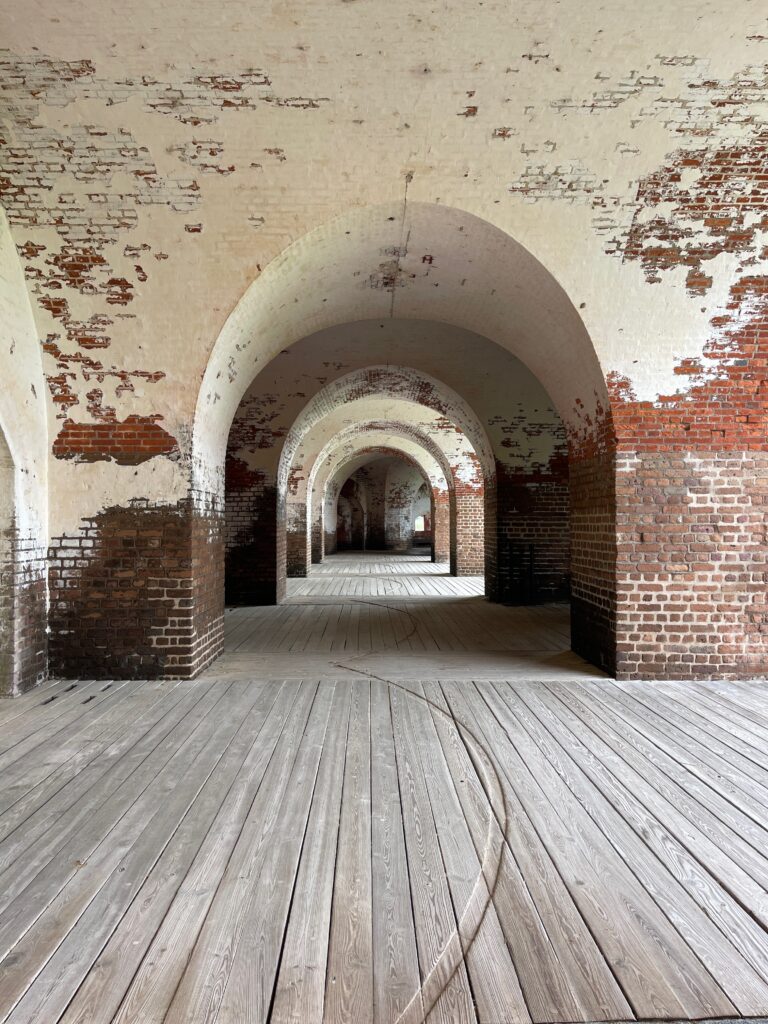
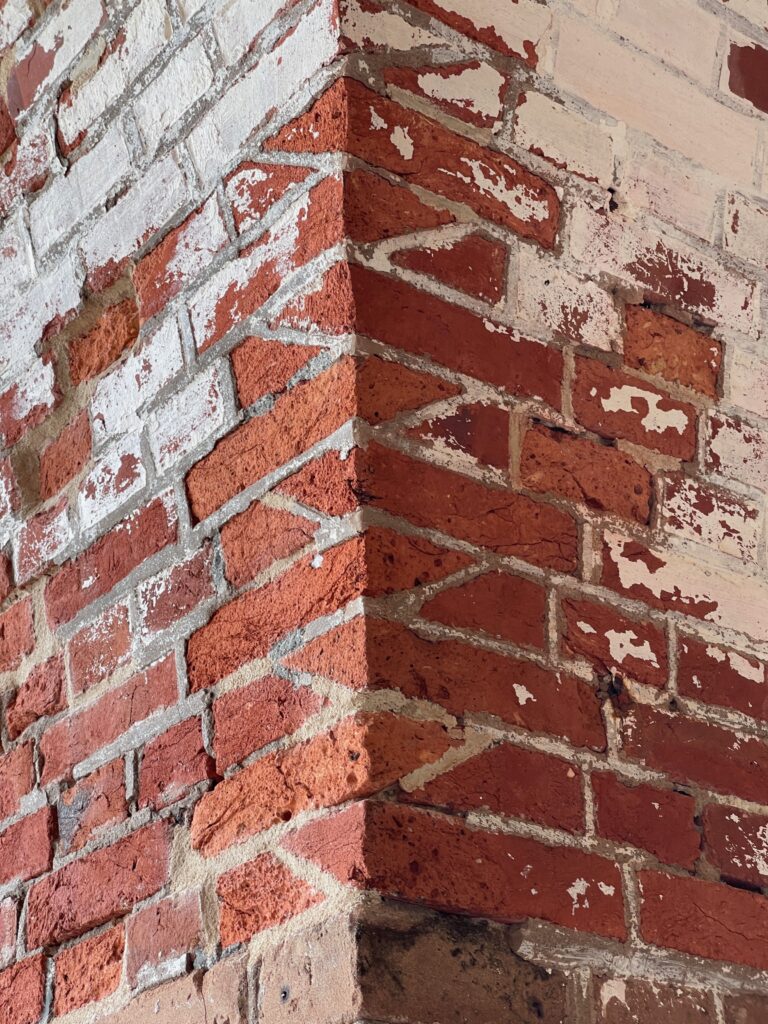
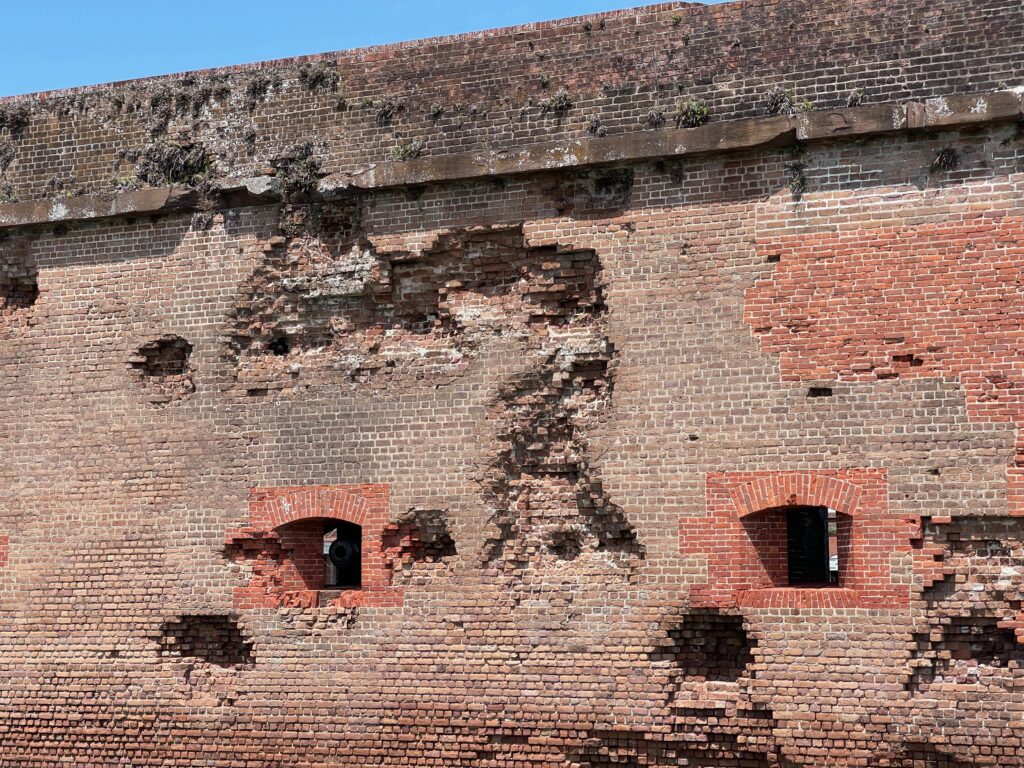
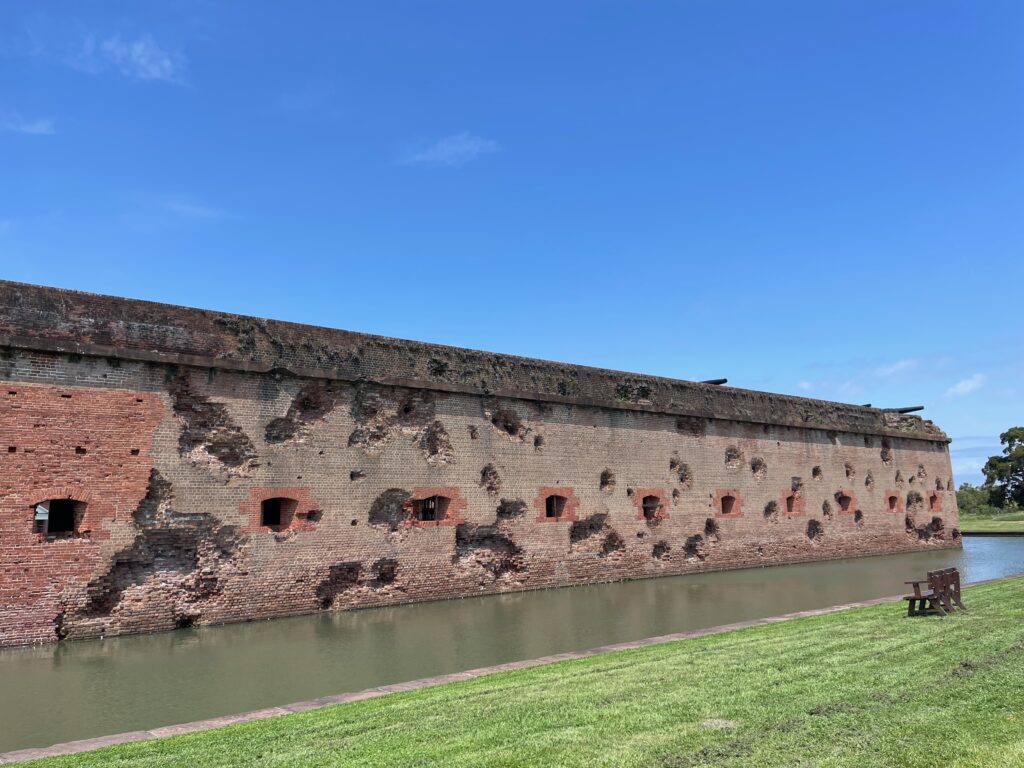
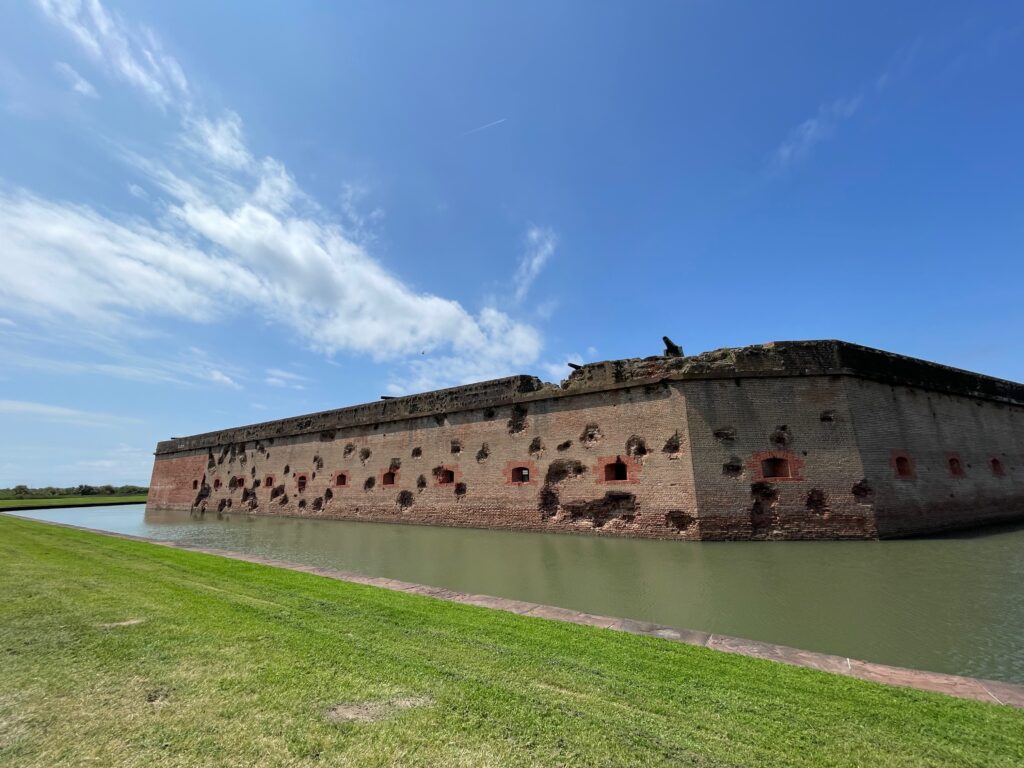
All of these forts were very interesting to learn about and I highly recommend visiting them if you travel through the Georgia coastal areas.
Note: All photos and videos unless otherwise stated are property of Wayne and Margaret Shoemake. If you would like to use any of them please email us at FloridaysRV@gmail.com.